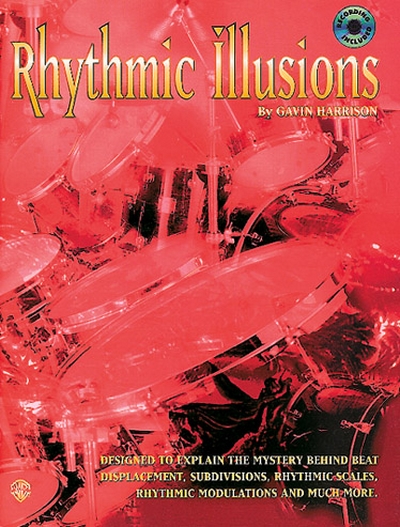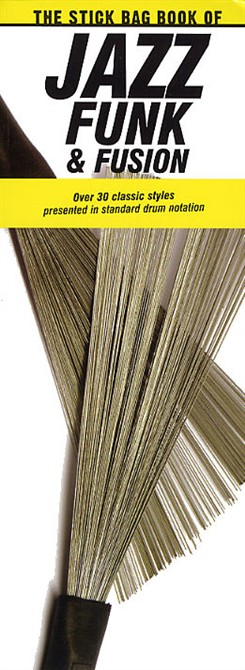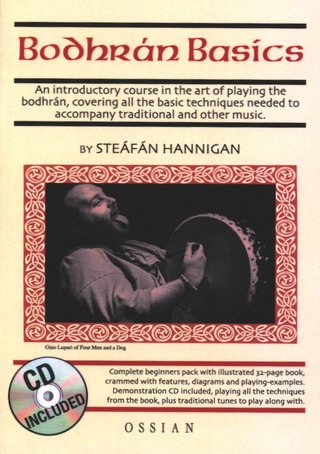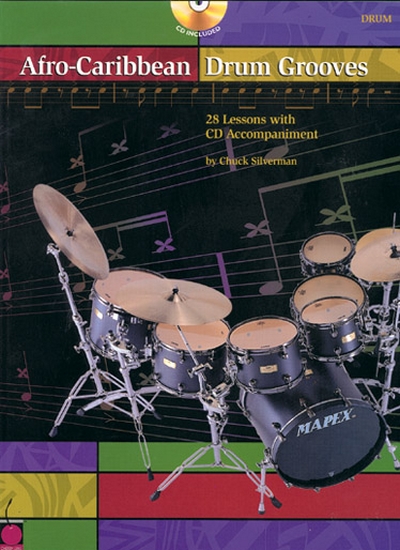Linear Time Playing CHAFFEE GARY
Pédagogie
Description :
Includes basic exercises for linear playing skills and the development of time feels in the linear style. This book is not about playing beats. It is about developing time feels. In the way that I think of these terms, a beat is a specific patten of events that is repeated more of less without variation. A time feel, on the other hand, is a more general statement of the time which is modified and developed as the tune progresses. In most playing situations, the arranged parts of the tune, (the head, background figures, etc. ), are fixed, and this is where playing a specific pattern is more of a necessity. However on the blowing sections, (which are by nature moreimprovisatory), you're going to want something that is flexible, and able to adapt to what's going on in the solo. The purpose of this book is to teach you how to develop such skills in the linear style. In a very real sense, the concept that's involved here is theme and variations. The theme is the basic pattern you use to establish the feel. The variations are those things you do to the pattern to enhance, color, and modify it. There are many such variations available in the linear style, and we will be working witha a number of thesse. The materials in the book have broken down into two sections: Basic exercises: The exercises in this section are designed to help in developing some of the basic technical skills necessary for linear playing, including such things as voice coordination, dynamic balance, accenting, and the like. Ideas: The second section of the book deals with the development of time feels in the linear style. A wide variety of examples will be shown, including regular 4/4 feels, feels on the set, shuffle feels, as well as feels in odd meters. It is important to understand that the purpose of these examples is to demonstrate some of the many ways in which linear feels can be developed. Although you should definitely try and master the materials in the book, the real reward will come when you can take the ideas that these materials are based upon, and make up grooves of your own. About the CD On the CD you will be hearing examples from each part of the book.

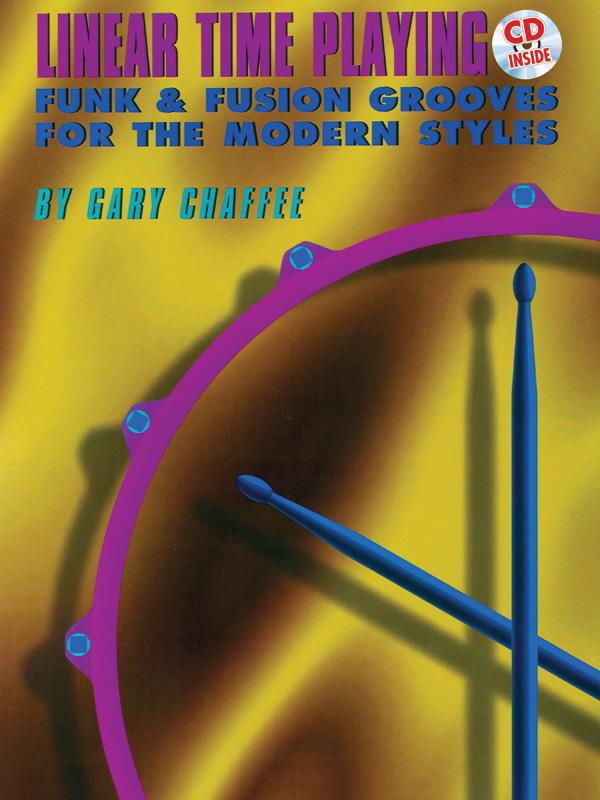

 Gagnez un bon d'achat dès 50€
Gagnez un bon d'achat dès 50€
 30 jours pour changer d'avis
30 jours pour changer d'avis
